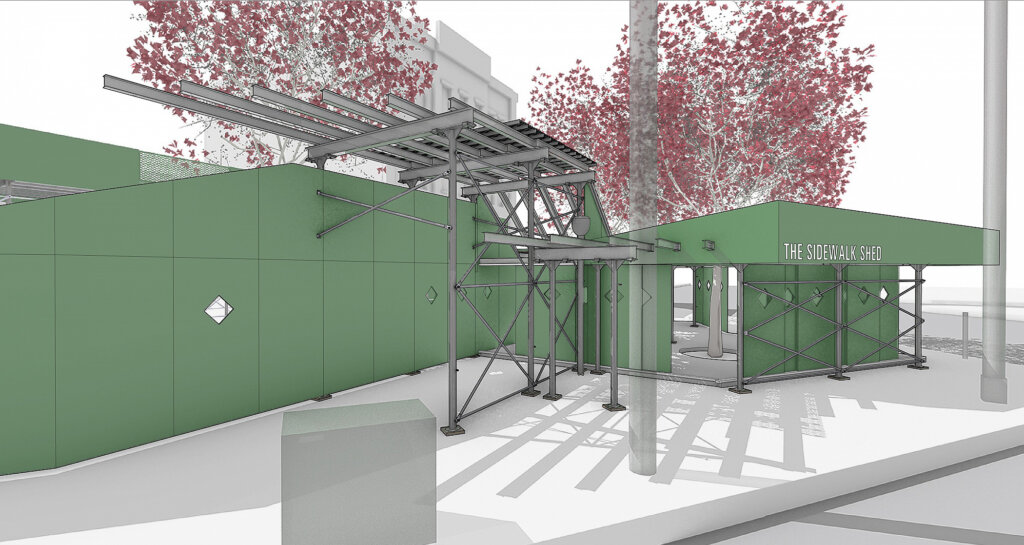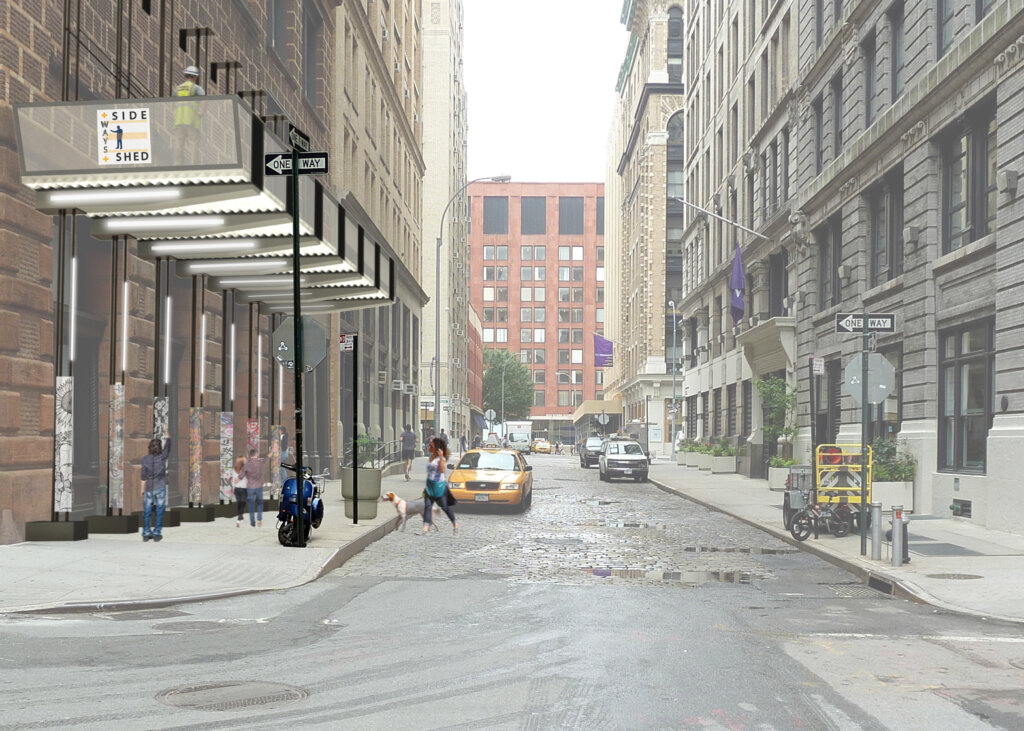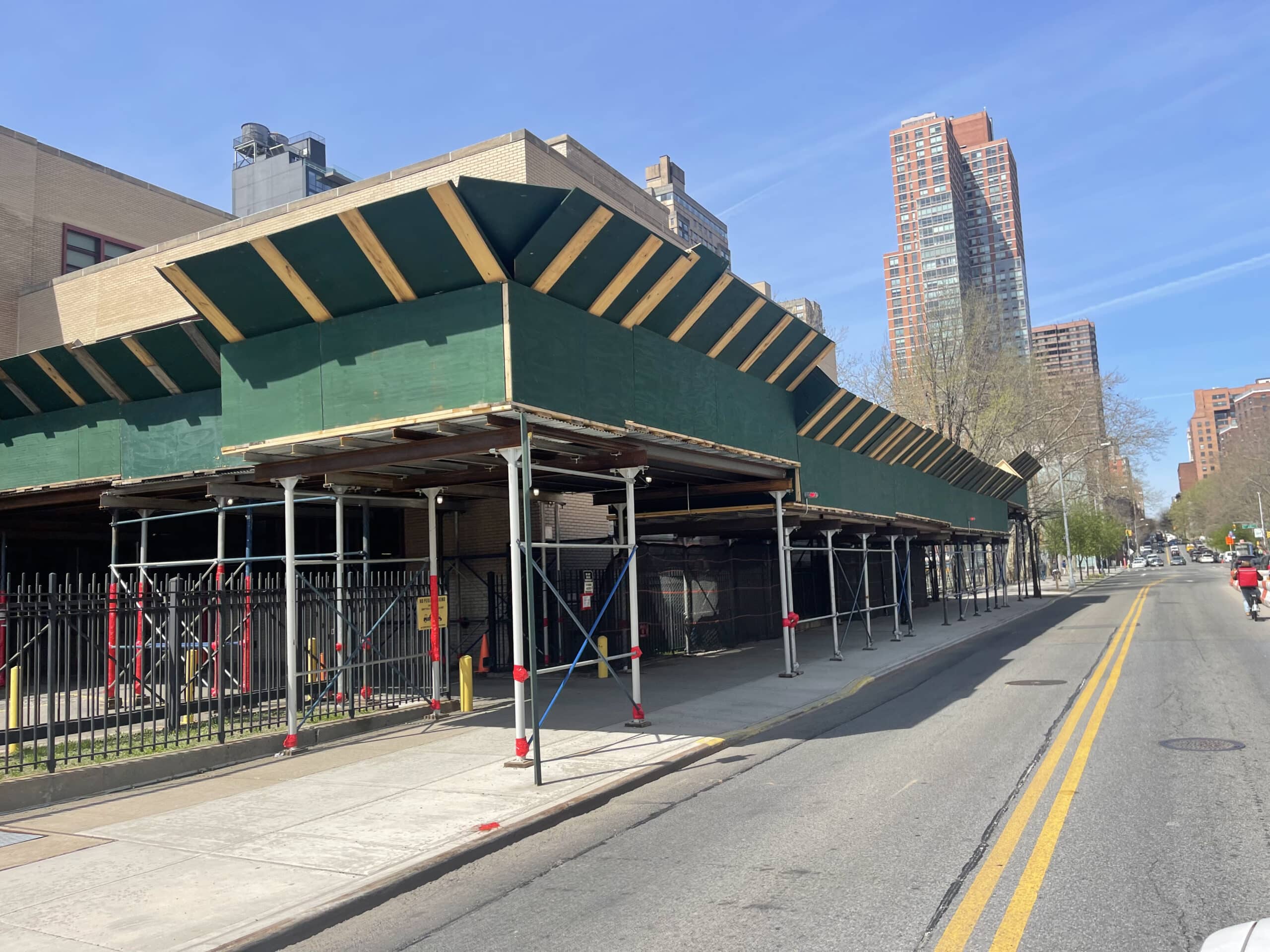Sidewalk sheds NYC, also known as sidewalk scaffolding, sidewalk bridges, or construction canopies, are a ubiquitous sight in many urban environments around the world. They serve a vital purpose in ensuring the safety of pedestrians and buildings during construction, renovation, or repair work on structures adjacent to public sidewalks. These temporary structures provide protection from falling debris, weather elements, and other potential hazards.
While sidewalk Rentals are essential for safety, they also have implications for urban aesthetics, accessibility, and pedestrian experience. Therefore, cities and municipalities often have specific requirements and regulations governing their installation, design, and maintenance. In this article, we will explore the various aspects of Sidewalk Sheds requirements, including their purpose, design considerations, regulatory frameworks, and their impact on cities and pedestrians.
1. Purpose of Sidewalk Sheds
The primary purpose of Sidewalk sheds NYC is to ensure the safety of pedestrians and buildings during construction activities. They serve as protective structures, shielding pedestrians from falling debris, tools, or materials used in construction or renovation projects. Additionally, sidewalk sheds provide a safe passage for pedestrians, redirecting foot traffic away from construction zones and maintaining accessibility to businesses and residences along the sidewalk.
2. Design Considerations
Sidewalk sheds come in various designs and configurations, but they must adhere to certain design principles to ensure effectiveness and safety. Some key design considerations include:
Structural Stability:
Sidewalk sheds NYC must be structurally sound and able to withstand wind, rain, and other environmental factors. They are typically constructed using steel or aluminum frames and covered with plywood, plastic sheeting, or fabric.
Height and Clearance:
Sidewalk sheds should provide adequate clearance for pedestrians and comply with height requirements to accommodate various types of vehicles and equipment passing underneath.
Lighting and Visibility:
Proper lighting is essential to ensure visibility, especially during nighttime hours. Sidewalk sheds may incorporate lighting fixtures to illuminate the walkway and signage to guide pedestrians safely.
Accessibility:
Sidewalk sheds must maintain accessibility for individuals with disabilities, including those using wheelchairs or mobility aids. Ramps or alternative pathways should be provided to ensure uninterrupted access along the sidewalk.
Aesthetic Considerations:
While functionality is paramount, sidewalk sheds should also consider aesthetic factors to minimize visual impact and integrate harmoniously with the surrounding urban environment.
3. Regulatory Frameworks

Regulations governing Sidewalk sheds NYC vary depending on the jurisdiction, but they typically encompass a range of requirements related to their installation, maintenance, and removal. Municipalities often have building codes, zoning ordinances, and permit processes in place to regulate sidewalk sheds. Some common regulatory requirements include:
Permitting:
Contractors or property owners are usually required to obtain permits from the local building department before installing sidewalk sheds. Permit applications may include details such as the proposed location, dimensions, duration of installation, and structural plans.
Inspection and Compliance:
Local authorities may conduct inspections to ensure that sidewalk sheds comply with building codes, safety standards, and permit conditions. Non-compliance can result in fines, penalties, or orders to rectify deficiencies.
Maintenance:
Property owners or contractors are typically responsible for maintaining Sidewalk sheds NYC in a safe and functional condition throughout the duration of their installation. This includes regular inspections, repairs, and addressing any safety hazards promptly.
Removal:
Once construction or renovation work is complete, sidewalk sheds must be promptly removed to restore pedestrian access and minimize disruption to the surrounding area. Failure to remove sidewalk sheds in a timely manner may result in enforcement actions by the authorities.
4. Impact on Cities and Pedestrians
Sidewalk shed NYC play a crucial role in maintaining safety and accessibility in urban environments, but they also have implications for cities and pedestrians:
Safety:
Sidewalk mitigate the risks associated with construction activities, protecting pedestrians from potential hazards such as falling debris or construction equipment. By providing a designated pathway away from construction zones, they help prevent accidents and injuries.
Accessibility:
Sidewalk shed ensure that pedestrians, including those with disabilities, can safely navigate public sidewalks, maintaining access to businesses, residences, and public amenities. Ramps and alternative pathways promote inclusivity and accommodate individuals with diverse mobility needs.
Urban Aesthetics:
While necessary for safety, Sidewalk shed NYC can detract from the visual appeal of streetscapes and urban landscapes. Their temporary and often utilitarian appearance may disrupt the visual continuity of pedestrian pathways and storefronts, impacting the overall aesthetic quality of the urban environment.
Economic Impact:
Sidewalk shed can have economic implications for businesses located within or adjacent to construction sites. While they protect businesses from potential damage and maintain pedestrian access, they may also obscure storefronts and deter foot traffic, potentially affecting sales and customer engagement.
Public Perception:
The presence of sidewalk shed can influence public perception of construction projects and urban development initiatives. Well-maintained and aesthetically pleasing sidewalk shed NY may convey a sense of professionalism and commitment to safety, enhancing community support for construction activities.
Conclusion

Sidewalk sheds NYC are indispensable components of urban infrastructure, serving a vital role in ensuring the safety and accessibility of public sidewalks during construction, renovation, or repair work. While necessary for safety, they also pose challenges in terms of design, regulation, and their impact on cities and pedestrians. By adhering to regulatory requirements, implementing thoughtful design considerations, and prioritizing safety and accessibility, Scaffolding Shed can contribute to the overall livability and sustainability of urban environments. As cities continue to evolve and grow, the effective management of sidewalk shed will remain critical in maintaining safe and vibrant public spaces for all.
